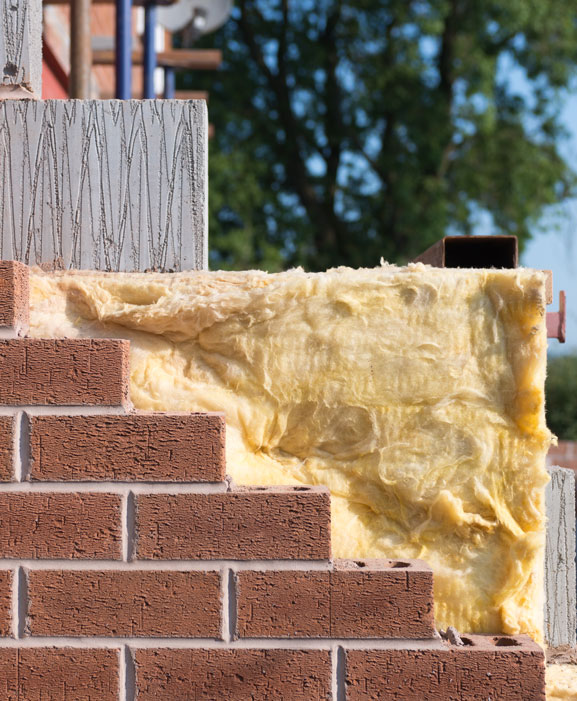If your property is newer than 1930, it may have Cavity Walls. These are walls with a small gap between two brick walls. They can be identified by the way the bricks are laid or by their thickness. To keep your home warm and reduce energy bills, bonded polystyrene beads can be injected into the gap by drilling small holes. This comes with a 20-year guarantee and can improve the energy rating of your home, saving up to £150 per year on heating. Cavity Walls are used to separate two walls with a small gap.
If your home is newer than the 1920s, it probably has walls with two layers and a gap in between called a cavity. The outer layer is usually made of brick and the inner layer can be brick or concrete block. Metal ties hold the two layers together. Homes built before the 1920s typically have walls made of one solid wall with no gap, usually made of brick or stone. For more information on insulating these walls, see Internal Wall Insulation.
Cavity wall insulation is a smart way to make your home warm and save money on your energy bills. It works by filling the space between your house walls with insulation material. This stops heat from escaping and helps you avoid energy and money waste. In short, you get a more comfortable home without worrying about high energy bills.
A lot of heat gets lost through the walls of a house that has no insulation and that is more than one-third of the lost heat. But, if you insulate your home, it can save you up to £275 every year on your energy bills. Also, insulation will help maintain the heat inside your house by stopping it from escaping through the walls. By using insulation, you will spend less energy to heat your home leading to a lesser carbon footprint. On an Energy Performance Certificate (EPC), insulation is the number one recommendation to increase the energy efficiency of your house.
To keep your home warm, you can add insulation to the walls. It will take about 2-3 hours, but it could take longer if your home is large or hard to access. The installer drills small holes into the outside wall and injects insulation using special equipment. They do this in a pattern to make sure everything is covered. After they finish, they fill the holes with a matching colour and texture to make it look nice. If your home has a pebbledash finish, they add pebbles to match. Once done, the holes are hard to see, and your home will save more energy.


